
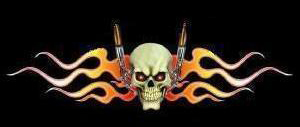
We’re building two bikes to take to Bonneville for the Bubs International Speed Trials, September 3-7th, 2006. So each segment we publish may contain elements of both, the 1940, 45-cubic inch flathead and the first ever Sportbike Panhead designed by John Reed of Custom Chrome. It’s his V-Bike and we’re dropping a 120-inch Accurate built Panhead engine in it with a Baker 6-speed trans and tie the two together with a Compu-fire/BDL primary drive.
Since this is a learning experience for all of us, from several standpoinds, I’m going ask numerous questions. Hell, I asked anyone who will listen to me. I’ll watch the World’s Fastest Indian over and over. I may stop folks in the street. I asked John Reed about the fasteners supplied with the V-Bike from Custom Chrome. I had a couple of concerns. This wouldn’t be the ordinary street bike, but a rubbermounted scooter that we’re going to push as close to 200 mph as possible. We want it to hang together and especially of Valerie Thompson is aboard the beast. Here’s what John had to say:
I think because they are a lot bigger than they have to be, so I think they are quite adequate if you have washers both side, I usually change hardware on my own stuff, because I try to make them as small and neat as I can, like on race cars or airplanes. I like good quality stainless, so I can machine the heads and wire lock them without rust. I take things off/on a lot of times in the busy areas. I tend to use better quality air plane qty stuff if I can get it, I hate chrome hardware.
Tim Remus phoned me years ago and asked if he could come down and photograph my hardware stash because he was going to write a book on it.
”Why,” I ask?
He said, “Because you are anal.” I had never heard the word before, and I racked my brains to see if anything I had done before has come out of its closet and was going to kick me up my anal passage. I was worried. I am all mouth, but perhaps he didn’t think so.
He worked diligently for a couple of days pulling parts out of the screw racks, documenting and photographing, and I asked him what the fuck was anal, and who has been talking, etc. etc. etc.
He pulled out a little box filled with washers. He said, “What about these?”
I said they are machined, high quality stainless washers that are chamfered on the inner face, so they fit perfectly in the high quality stainless screw, hollowed in the head for lightness, with small holes in 6 places for lock wires.
“Where did you get them,” he said?
“I got them in an airplane scrap yard when I lived in England.”
“When did you get them,” He continued to question?
“About 30 years ago,” said I.
“Why haven’t you used them for 30 years,” Tim kept grilling me?
“I’m waiting for a special project,” I replied. “It’s a shame to waste them on something mundane.” I found out…… that’s fucking anal.

Axle adjuster on the Sportbike Pan
We installed the rear swingarm axle adjusters and were curious about two things. First I like a solid slider on the inside of the retangular swingarm to support and add strength. Plus the CCI chromed caps for the back of the swingarm didn’t seem to fit. John Reed filled me in:
They sell the kit with the OEM adjuster with the steel plate, you use the axle spacer with the thread part of the adjuster, but there is (or there should be) a billet cap which replaces the oem steel one with your hardware.

V Steering Neck
I also asked John if I should add a gusset to the neck. The frame appears very strong, but I considered a neck gusset. John set me straight:
I have never had any problems with the head, The frame tube is way thicker wall than needed. The lower tubes have a gusset below and the double top tube takes the weld round a lot of the neck. The FXR style big diameter necks spread the load round a larger area and are a lot stronger than the smaller dia ones used on Softails, etc. I don’t think they need additional gusseting,
I have had problems when I used the lower bearing straight on the lower tree, and I always put a spacer (about 0 .150-inch thick) under the bearing.

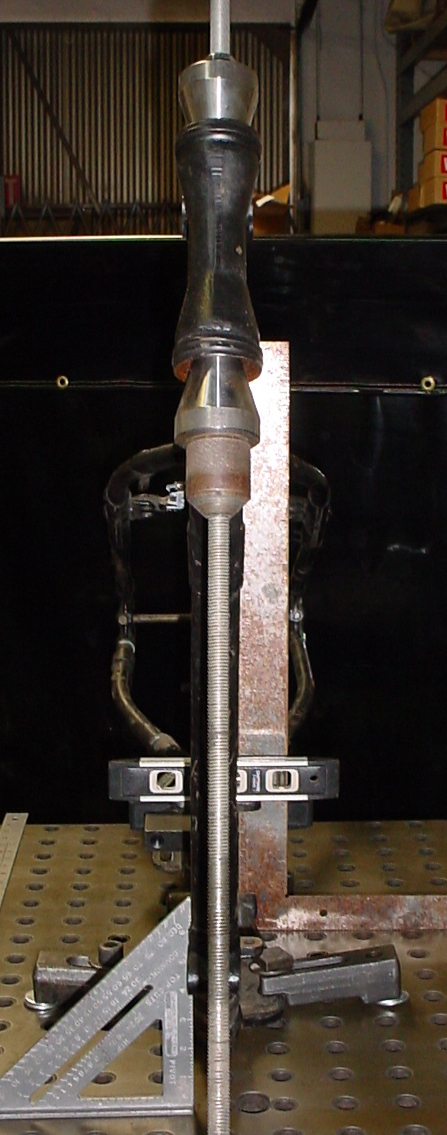
45 Flathead Frame Straightening by U.S. Choppers
First we put the frame on the table and leveled the table with a Starrett master precision level. This gives the table .001 accuracy. Then we began to level the frame to the table. Starting by the motor mounts we leveled the frame in both X and Y axis. When this was achieved we checked that the motor will sit level in both X and Y planes. Once it is determined that this was the case, we can assumed that the front down tube and the center post were in alignment for both X and Y axis as well as the top motor mount was parallel.
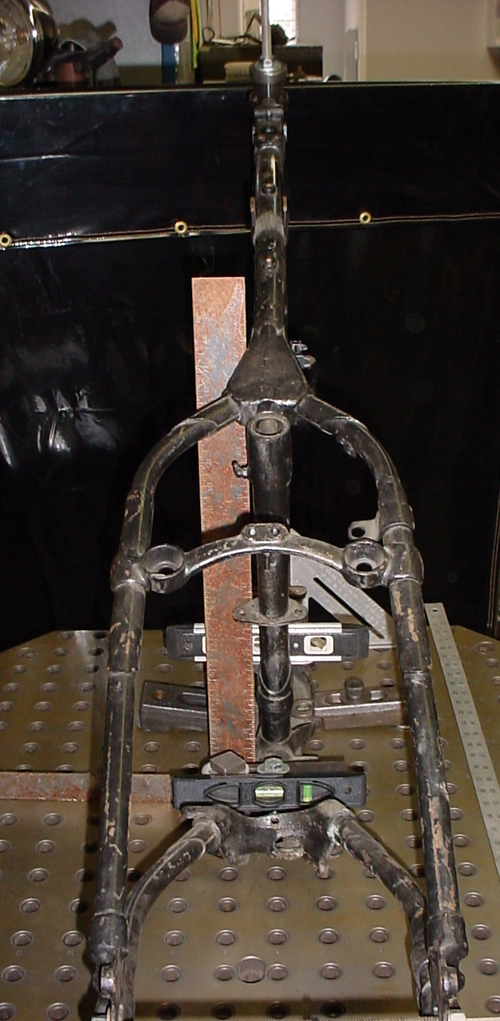
From there we worked back to the tranny mount. The trans must sit parallel with the motor mounts in X plane so as not to cause excessive chain binding. Working back to the rear axle we needed to determine if the rear chain stayed (the rear triangle) in alignment with the rest of the frame, especially in relation to the steering stem alignment rod. The rear axle must be directly perpendicular to the steering alignment rod.
Following this, measurements will be taken from the center point of the rear axle in relation to the steering alignment rod to make sure the rear axle stays are not swayed to one side or the other. This process will begin next week.
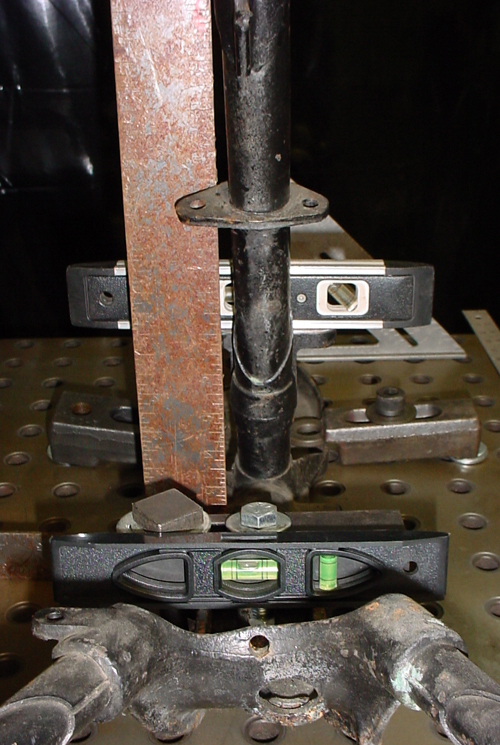
So far we have proved that the neck post, motor mounts and tranny are in sync with each other. Next the most important part will be examined… determining the rear axle position to the steering neck for frame bowing and alignment.
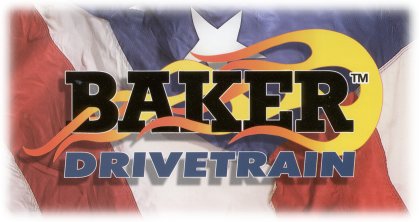
Hope all is well…. been thinking about this EPA deal. I'm with the MRF on this one and am planning on putting the questionnaire on my site for people to forward on- keep up the good fight. You’re one of the few who are persistently posting EPA stuff….. We need to stay on these assholes!!!
-Rick
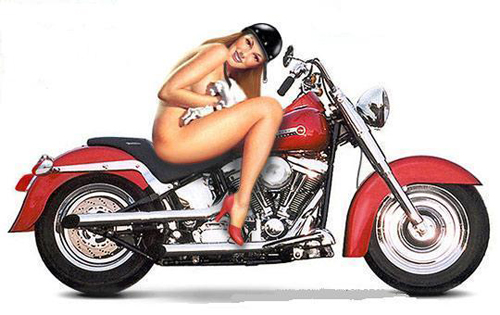
U.S. Choppers
2039 S. Lyon St
Santa Ana, CA 92705
714-546-4699Appointments Only Please
http://www.uschopper.com/


